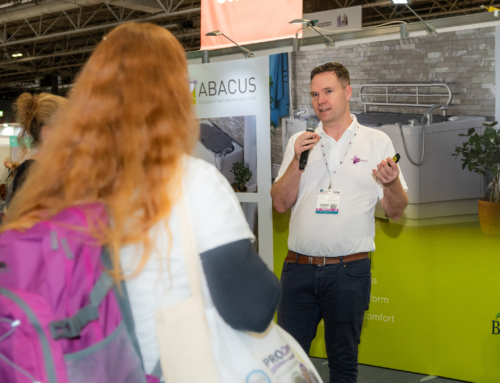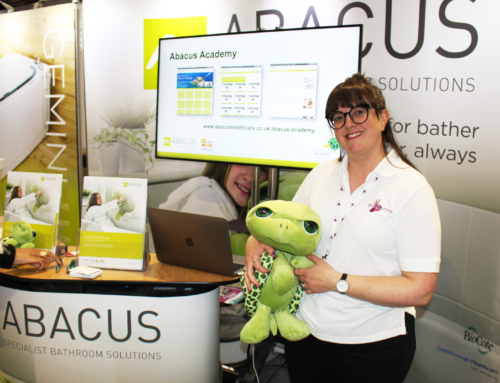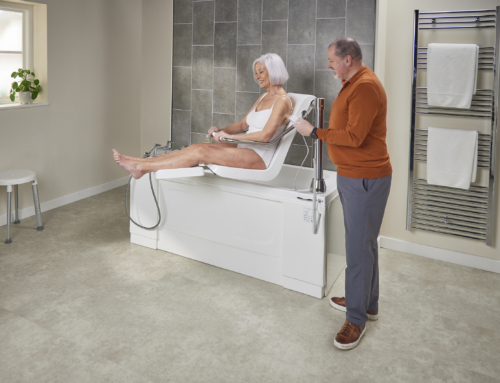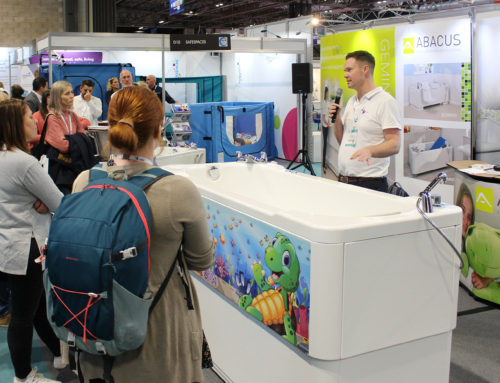Making daily living easier with wash and dry toilets
As an essential part of our daily routine, going to the toilet is a fairly complex activity and, as such, we need the physical ability to access and operate one in a suitable manner.
The task of toileting can, therefore, become increasingly difficult if our hand dexterity, eyesight, balance or strength becomes impaired.
When impairments affect a person’s ability to use the toilet, such as holding the toilet paper or cleaning themselves properly, the activity can lead to increased levels of anxiety and stress for those users. These problems are then compounded by the frequency of visits to the toilet which is often anything between four and ten times in any twenty-four hour period.
There are various products available on the market that can offer a genuine solution to cleaning after bowel movements or passing urine, enhancing levels of dignity and independence. One such solution is a wash and dry toilet.
Essentially, wash and dry toilets operate by providing:
- a warm water douche system
- a warm air-drying system
- automatic flushing (in some models)
- a range of controls including remote, elbow, foot or hand-operated switches.
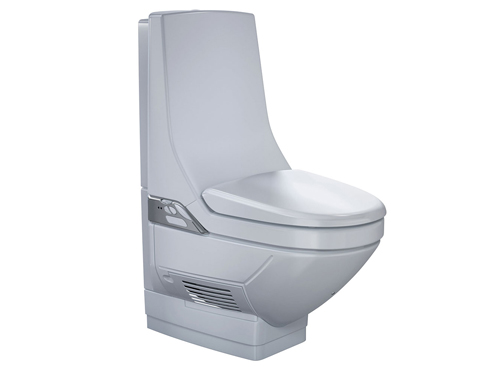
Not only do they assist a person with limited mobility to toilet independently, they can also significantly reduce or eliminate the amount of intimate care required by carers. The design and versatility of wash and dry toilets can accommodate the needs of many end users and are very often compatible with toileting chairs.
Before recommending a wash and dry toilet, the client must be assessed appropriately and their specific needs considered and clearly understood. If a person uses a wheelchair or has difficulty sitting, it is possible to make modifications or add accessories to the toilet in order to tailor it to their specific needs. This will ensure the person is sitting in the correct position for the wash system to work effectively and to enable their bowels to open.
Do also remember these toilets replace an existing toilet and are often described as a ‘shower toilet’. Wash and dry toilets should always be installed by an expert, and installers should hold Water Regulations Advisory Scheme (WRAS) approval. If they do not, always ask the manufacturer for evidence of WRAS compliance before arranging an installation.
References
http://www.bladderandbowelfoundation.org/bladder/bladder-conditions-and-symptoms/frequency/
https://www.wras.co.uk/approvals/what_is_a_wras_approval/



